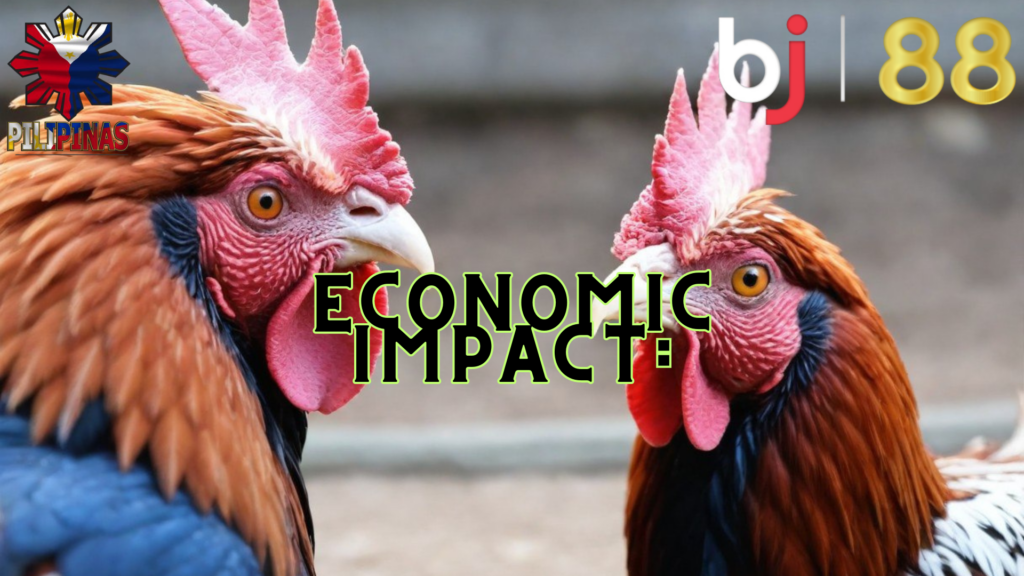Nestled in the heart of the Philippines, an age-old tradition has entered the digital era. Sabong, colloquially referred to as cockfighting and deeply ingrained in Filipino culture, has evolved over time, shifting from dusty arenas to the glowing screens of smartphones and computers. Online Sabong, the contemporary adaptation of this enduring pastime, has swiftly gained popularity across the archipelago, transforming how enthusiasts engage with this cultural heritage. This article examines the rise of Online Sabong, its cultural importance, legal complexities, and the consequences of its digital transition.

Sabong holds a central position in Filipino cultural history, with roots tracing back to pre-colonial times. Traditionally held in local venues called “sabungan,” cockfighting events served as communal gatherings where individuals gathered to witness intense showdowns between prized roosters. However, with the advent of technology and the internet, this long-standing tradition has found a new platform – the digital realm.

Online Sabong platforms have emerged as digital alternatives to conventional cockfighting arenas. These platforms offer enthusiasts a convenient and accessible avenue to participate in and observe cockfighting matches from the comfort of their homes. With just a few clicks, users can place bets, stream live matches, and interact with fellow enthusiasts through chat features.

Despite its deep-rooted cultural significance, Sabong exists within a legal gray area in the Philippines. While regulated and permitted in specific areas, the legality of Online Sabong remains a contentious issue. Some argue that the digitization of Sabong provides an opportunity for enhanced regulation and oversight, ensuring fair play and deterring illicit activities such as match-fixing and underage gambling. Conversely, concerns arise about increased accessibility potentially leading to addiction and societal challenges.

The transition to Online Sabong has also resulted in significant economic ramifications. Traditional Sabong venues, once bustling hubs of activity, have seen declining attendance as enthusiasts opt for the convenience of online platforms. Conversely, the online Sabong industry has experienced rapid growth, creating new opportunities for entrepreneurs, breeders, and technology companies. Additionally, the digitalization of Sabong has expanded its reach beyond local communities, attracting a global audience and bolstering tourism in the Philippines.

While Online Sabong presents promising avenues for innovation and growth, it is not without its challenges. Regulatory uncertainties, ethical considerations, and technological constraints pose obstacles that must be addressed. Nevertheless, with a balanced approach to regulation and innovation, Online Sabong holds the potential to thrive as a legitimate and sustainable sector, preserving the cultural legacy of Sabong while embracing the opportunities of the digital age.
CONCLUSION
Online Sabong embodies a captivating blend of tradition and technological advancement, seamlessly integrating centuries-old customs with the convenience and accessibility of modern technology. As the digitalization of Sabong continues to unfold, striking a harmonious balance between honoring its cultural significance and addressing the complexities of the digital landscape is paramount. Through adept navigation of these challenges, Online Sabong stands poised to emerge as a thriving industry, enriching Filipino heritage and captivating audiences worldwide.

